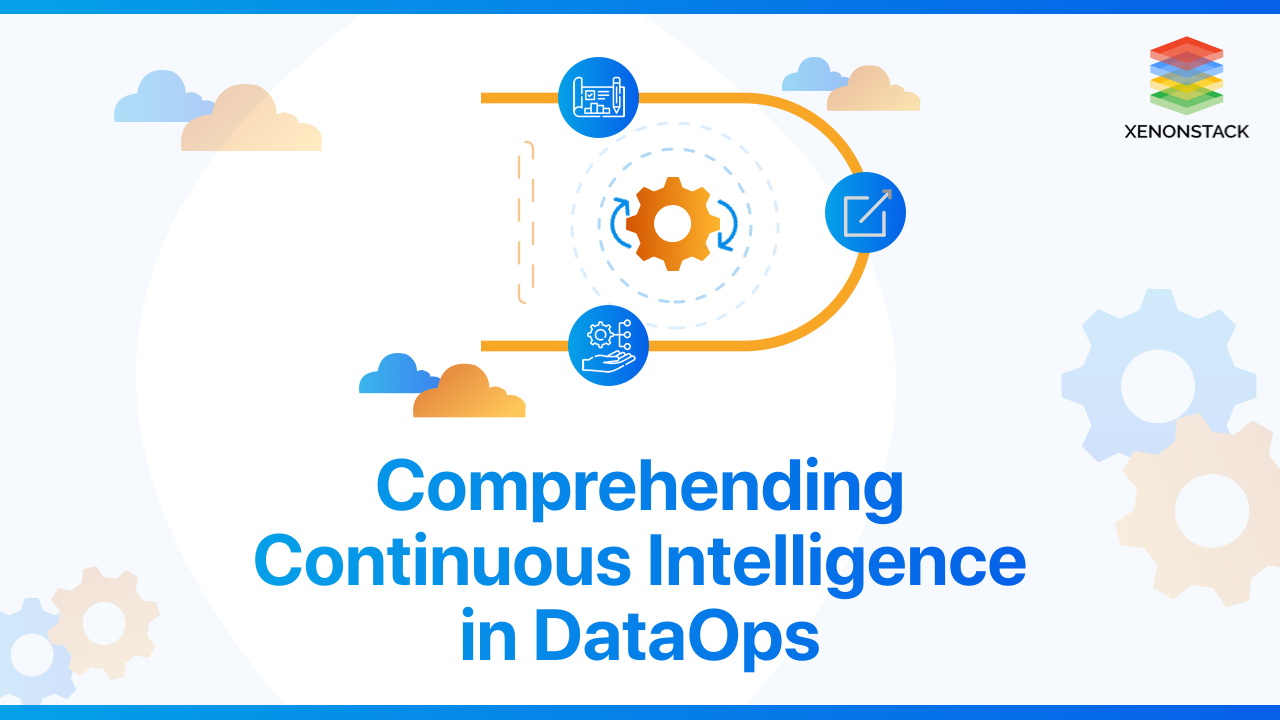
What is Test Driven Development?
TDD is a software development process that includes test-first development. It means the developer first writes a fully automated test case before writing the production code to fulfil that test and refactoring. Steps for the same are given below.
Step 1: Add a test.
Step 2: Run all the tests and see if any new test fails.
Step 3: Update the code to make it pass the test.
Step 4: Rerun the test; if they fail, then refactor and repeat.
Why is Test Driven Development Important?
-
Requirements - Drive out requirement issues early (more in-depth focus on requirements).
-
Rapid Feedback - Many small changes vs. one significant change.
-
Values Refactoring - Refactor often to lower impact and risk.
-
Design to Test - Testing driving good design practice.
-
Tests as information - Documenting decisions and assumptions.
Unit Testing in Java
In the Java community, it plays a vital role in designing and implementing software/programs.
Test-Driven Development helps the programmer in several ways, such as -
-
Improving the code
-
Side by side, increasing the programmer's productivity.
-
Using the Test-Driven Development concept in our programming skills
-
It will save our time, which is getting wasted on rework.
-
Able to identify the error/problem quicker and faster.
-
The programmer can write small classes focused only on a single functionality instead of big ones.
What are the best-test-driven Development Tools for Java?
As discussed above, many tools are available for testing and improving the overall design and implementation of the software system. Some of the most common testing tools are listed below.
JUnit for Unit Tests
JUnit is a crucial tool in the Java ecosystem for implementing Test Driven Development (TDD) practices. It provides a robust framework for writing and executing unit tests, allowing developers to verify the correctness of their code at a granular level. JUnit simplifies the writing process by providing annotations and assertions that make it easy to define test cases and expected outcomes. With JUnit, developers can automate the testing process, ensuring their code behaves as expected under various conditions.
One key benefit of using JUnit is its integration with build tools like Maven and Gradle, making incorporating tests into the development workflow seamless. By running JUnit tests regularly, developers can catch bugs early in the development cycle, reducing the cost and effort required to fix them later. JUnit is an essential tool for Java developers who practice Test driven development with ReactJS. Its simplicity, integration with build tools, and promotion of testing best practices make it an asset for ensuring the quality and correctness of Java codebases.
TestNG for Unit Testing
Inspired by JUnit, TestNG offers annotations, parameterized tests, and dependency management for effective unit testing in Java. Its features include parallel execution, data-driven testing, and reporting, making it a powerful tool for writing and executing unit tests.
How to set up the environment for Test Driven Development in Java
The steps to set up the environment for TDD in Java are listed belowSetting up it with JUnit
- Install Java first.
- Then we need Eclipse or any other IDE (Integrated Development Environment).
- Create a new project (Maven project) and place the JUnit maven dependency in the pom.xml file. If it's not a Maven project, download the JUnit jar and include it in your project.
Setting up TestNG for TDD
Install Java
Then we need Eclipse or any other IDE (Integrated Development Environment).
Create a Project: If using Maven, create a new Maven project and add the TestNG dependency in the `pom.xml` file. If not using Maven, Create a new project in your IDE, download the TestNG jar, and include it in your project.
How do you implement Java Test Driven Development using JUnit?
The steps to implement Java TDD are described below
1. Naming Convention for the Test Class
We use common conventions in naming the test class. Let's start with the name of the class which is being tested and assume the name of that class is "Student". In that case, the name of the test class should be "StudentTest". We must append "Test" to it. The same naming convention is used in the case of methods. If there is a method "DisplayStudentAddress()", then the name of the method in testing should be "testDisplayStudentAddress()".
|
Naming in Production |
Naming in testing |
| Student | students |
| DisplayStudentAddress | testDisplayStudentAddress() |
2. Separate Packages for Production and Testing Code
Using different source directories for production and testing code is recommended. The production code should be placed in "src/main/java", and the testing code should be placed in "src/test/java".
- Structure and Annotation—The "@Test" annotation (JUnit4/5) indicates that a method should be executed as a test method. The test code must follow the Arrange Act Assert (AAA) pattern.
- Arrange - Create the object or set up the necessary dependencies for the code that will be tested.
- Act - Execute the method or code that needs to be tested.
- Assert—Use assertions to Verify if the test result is as expected. If the result does not match the expected value, the test will be marked as failed.
3. Unit Testing Implementation
Production Code
public class Student {
public String displayStudentName(String firstName, String lastName) {
return firstName + lastName;
}
}
Testing Code
Import org.junit.Test;
Import static org.junit.Assert.*;
Public class StudentTest {
@Test
Public void testDisplayStudentName() {
Student student = new Student();
String studentName = student.displayStudentName(“Anshuman”, ”Nain”);
assertEquals(“AnshumanNain”, studentName);
}
}
How Can XenonStack Help You?
We follow the Test-Driven Development Approach in developing enterprise-level applications using the Agile Scrum methodology.
1. Application Modernization
Re-platforming, re-hosting, recoding, rearchitecting, re-engineering, and interoperability of the Software application for current business needs is called Application Modernization. Its services enable the migration of monolithic applications to new Microservices architecture with Native Cloud Support, including the integration of new functionality to create new value from the existing application.
2. Java Cloud Services
Developed, Deployed, and Managed Agile Java Applications on leading Cloud Service Providers - Google Cloud, Microsoft Azure, AWS, and Container Environments - Docker and Kubernetes.
3. Continuous Integration and Continuous Deployment
Enable Secure Continuous Integration and Continuous Delivery Pipeline with Jenkins/ Bamboo/ TeamCity for delivery, automation, self-service environment, and On-demand. Deploy Java applications to production by decreasing the time required to automate the entire delivery pipeline, comprising build, deploy, test, and release.
4. Microservices Architecture
Take a cloud-native approach to build enterprise applications for web and mobile applications using a microservices architecture. An application based on Microservices Architecture is Small, messaging–enabled, bounded by contexts, autonomously developed, independently deployable, Decentralized, Language–agnostic, Built and released with automated processes.
Ultimately, Test-Driven Development must be adopted by as many developers as possible to increase their productivity and improve the code quality, productivity, and overall development of software/programs. TDD also leads to more modularized, flexible, and extensible code. Discover more about Test-Driven Development and TDD Testing.
Read More about Test Driven Development in Python and BDD Testing



